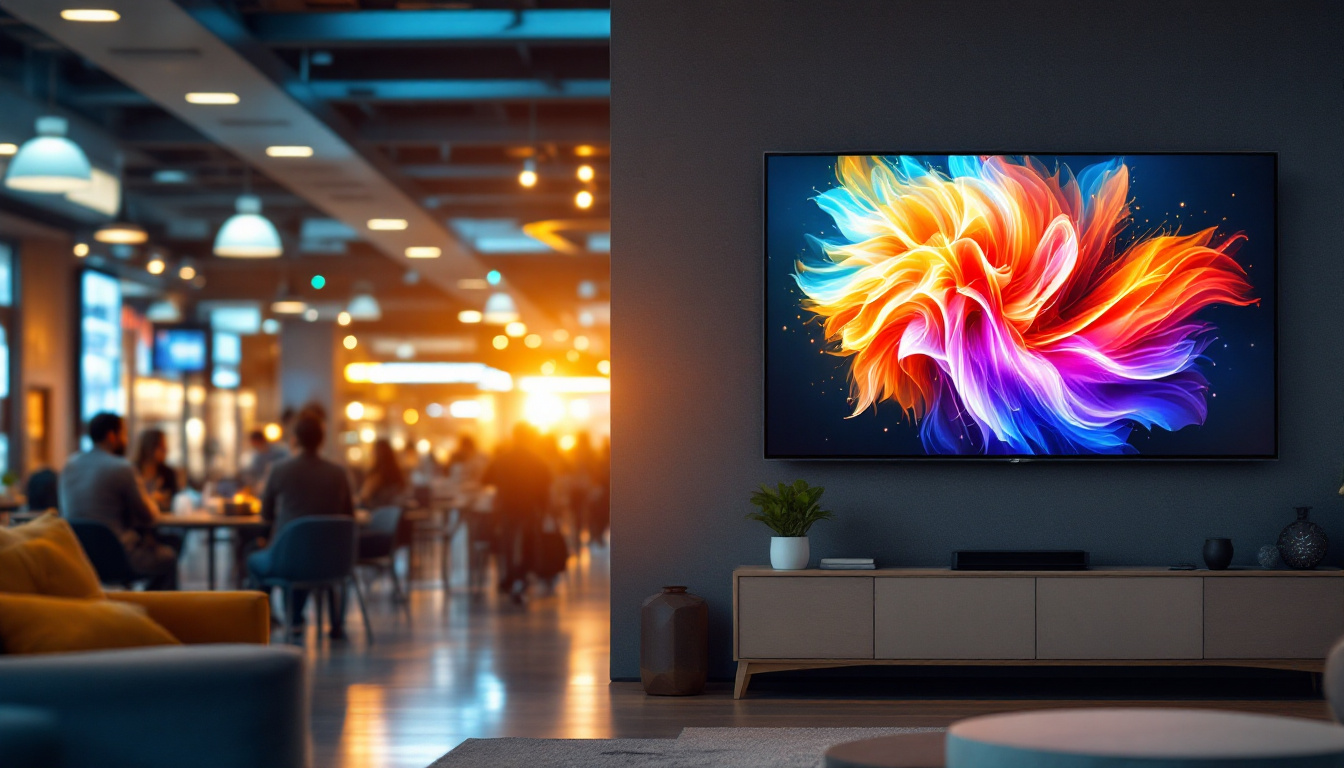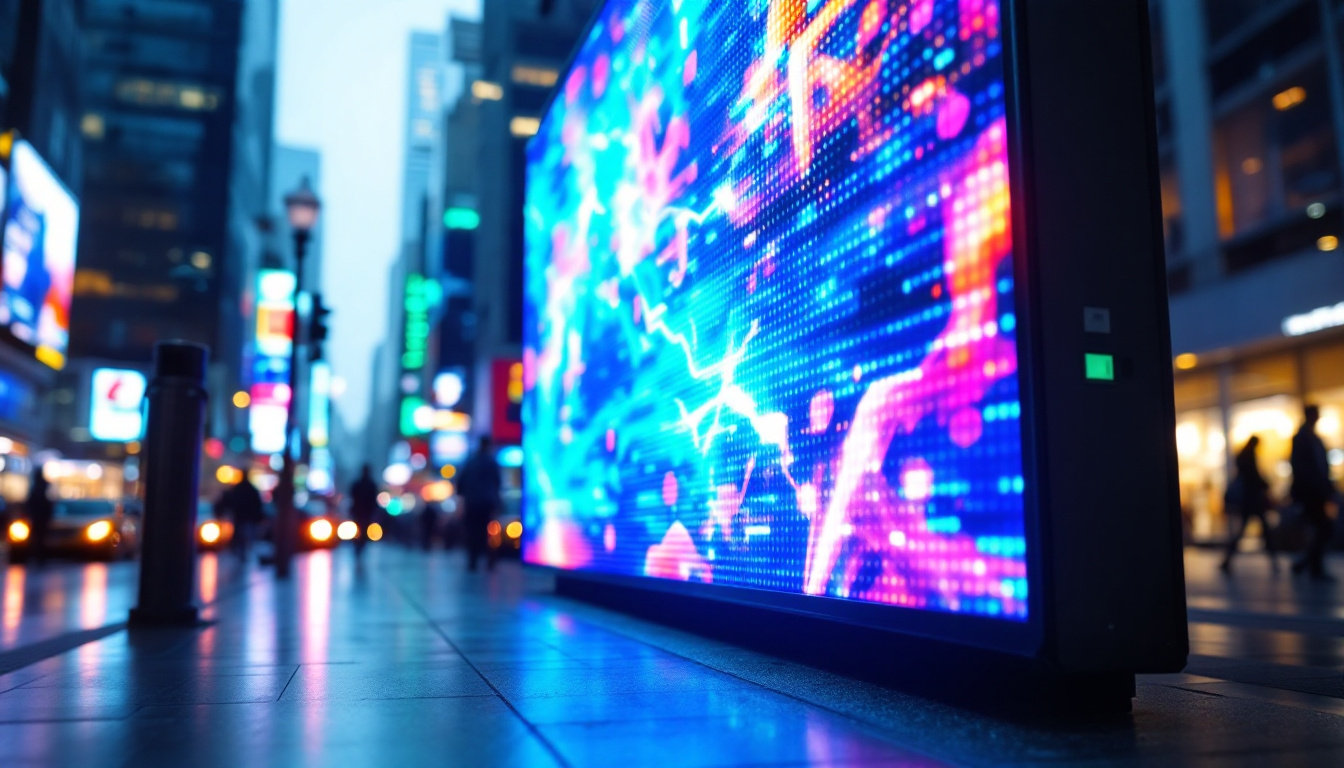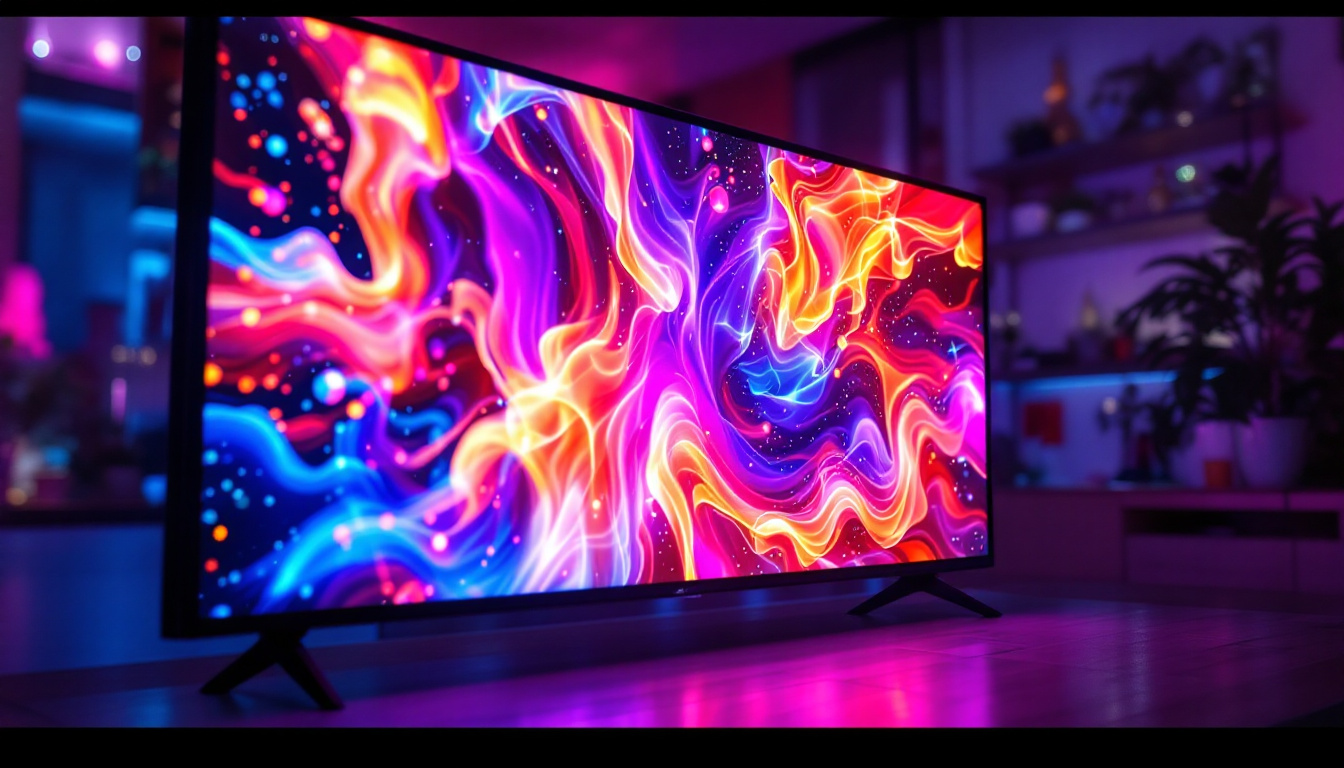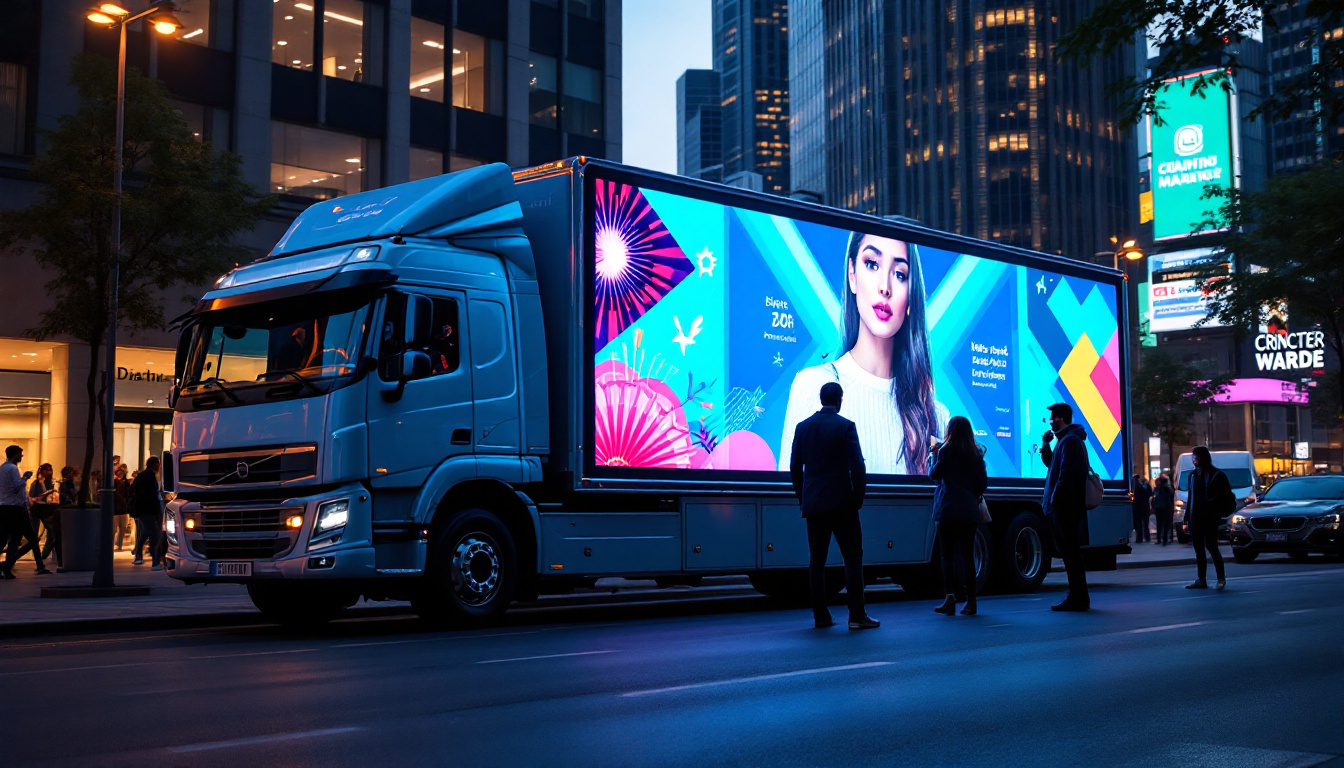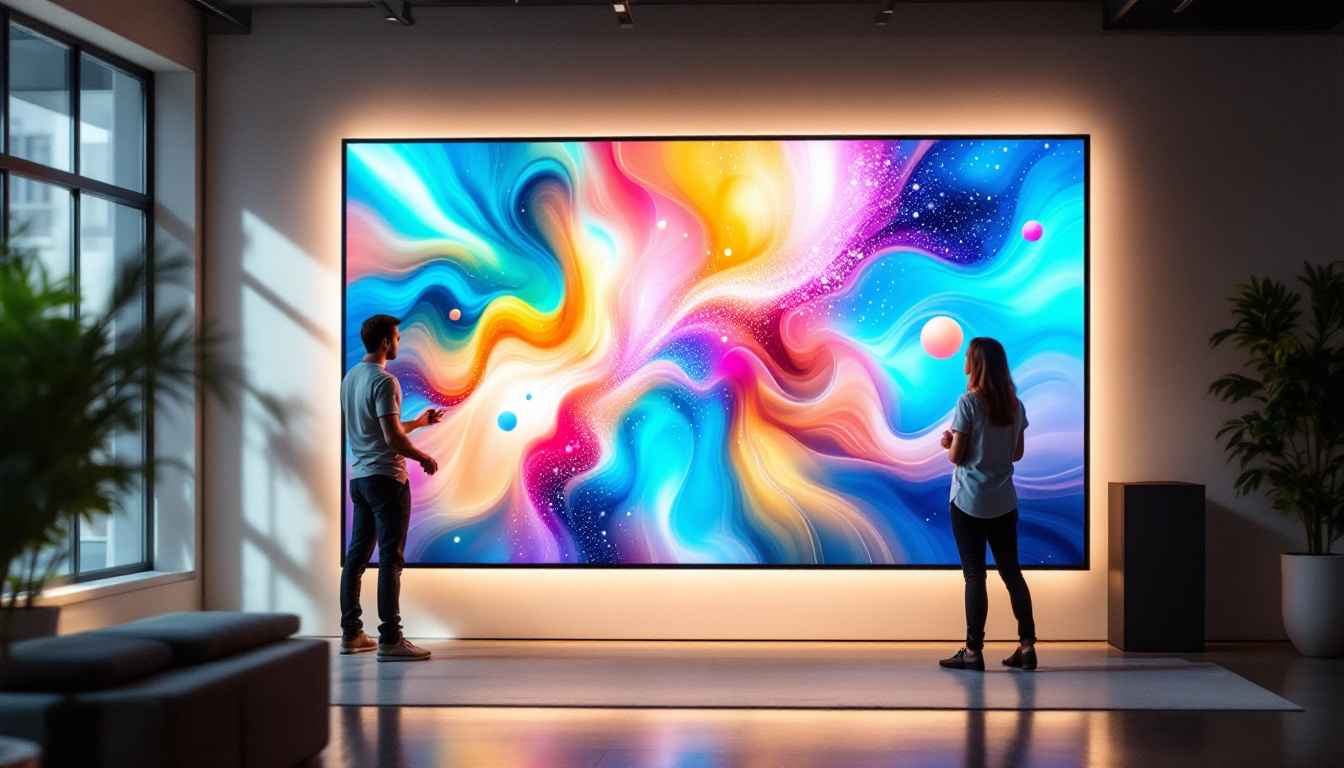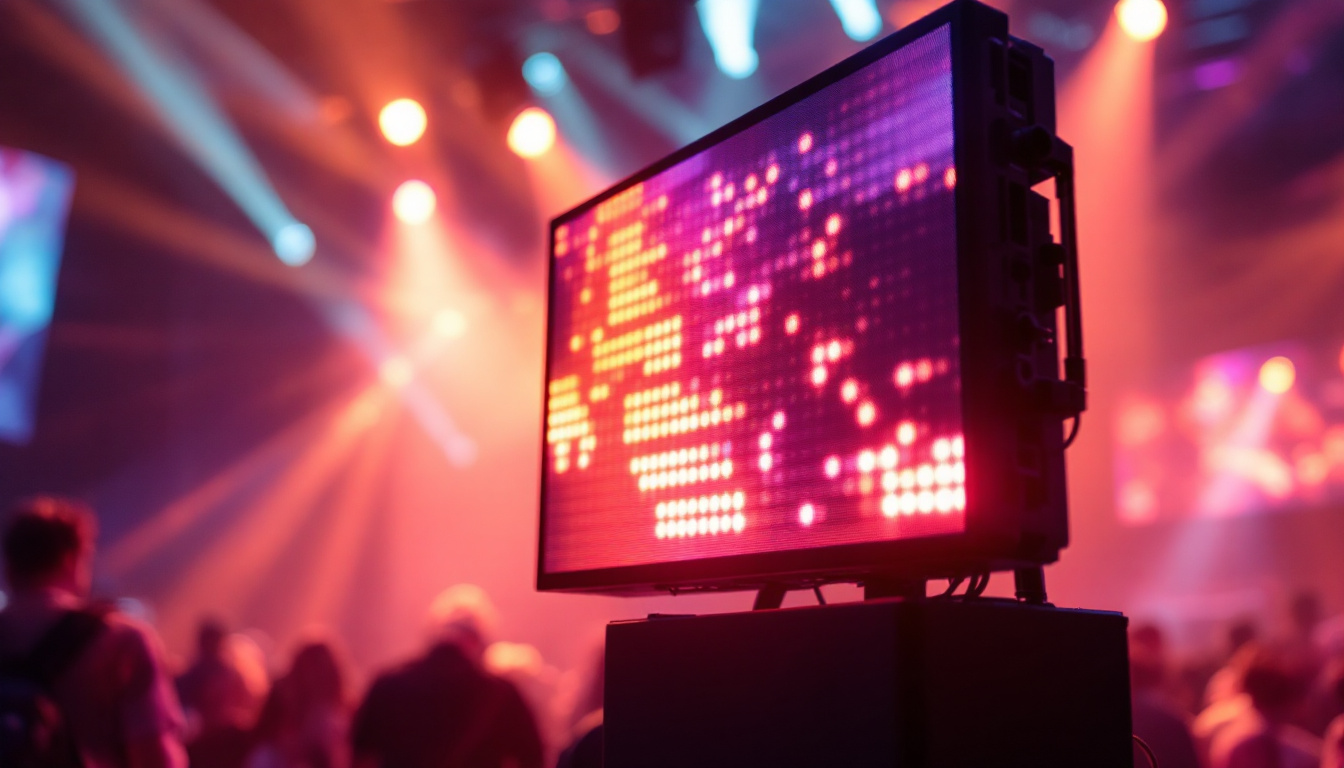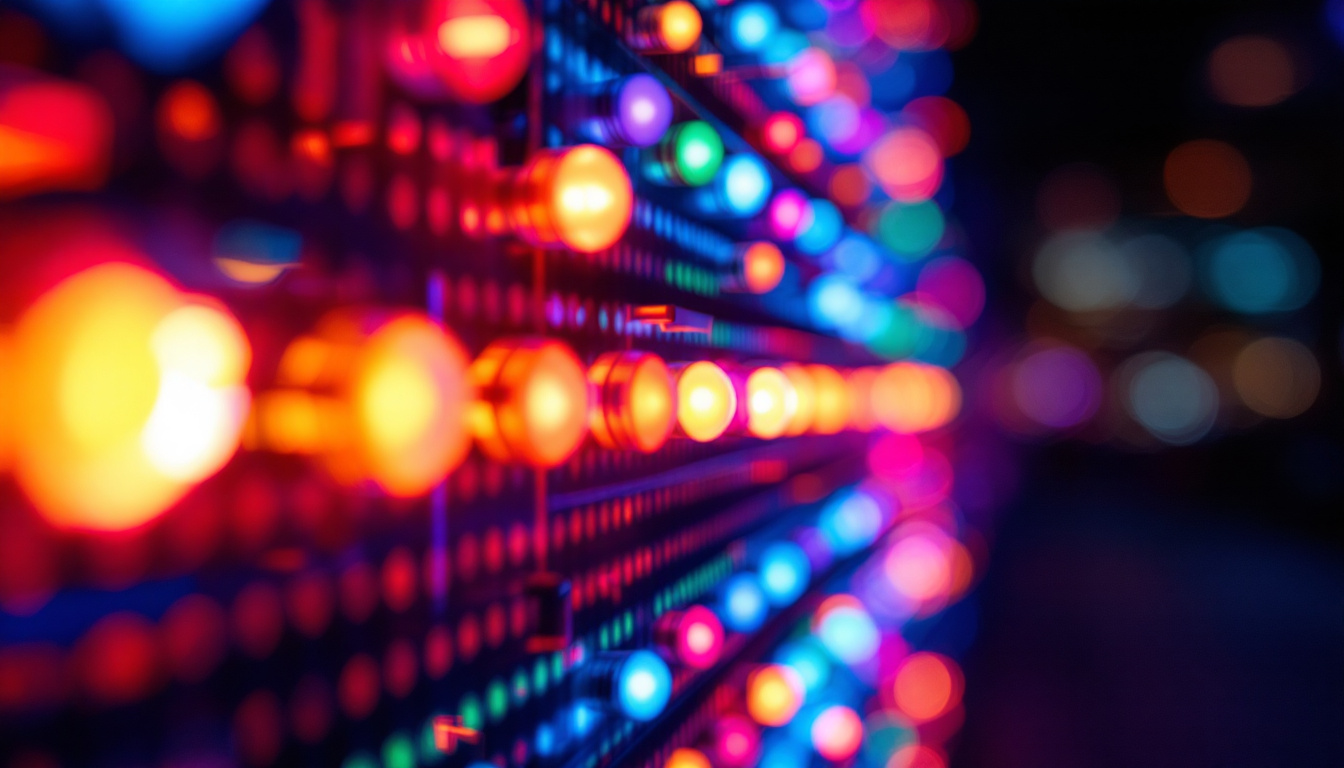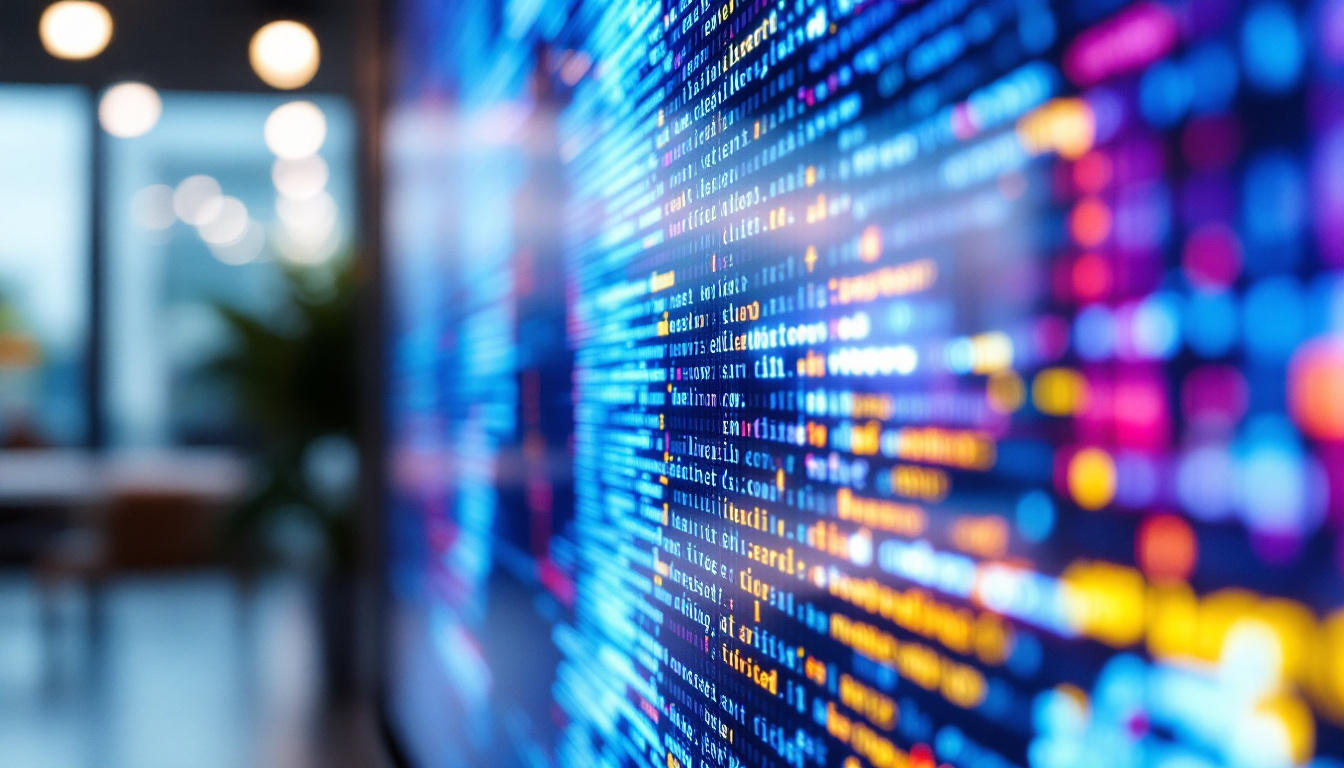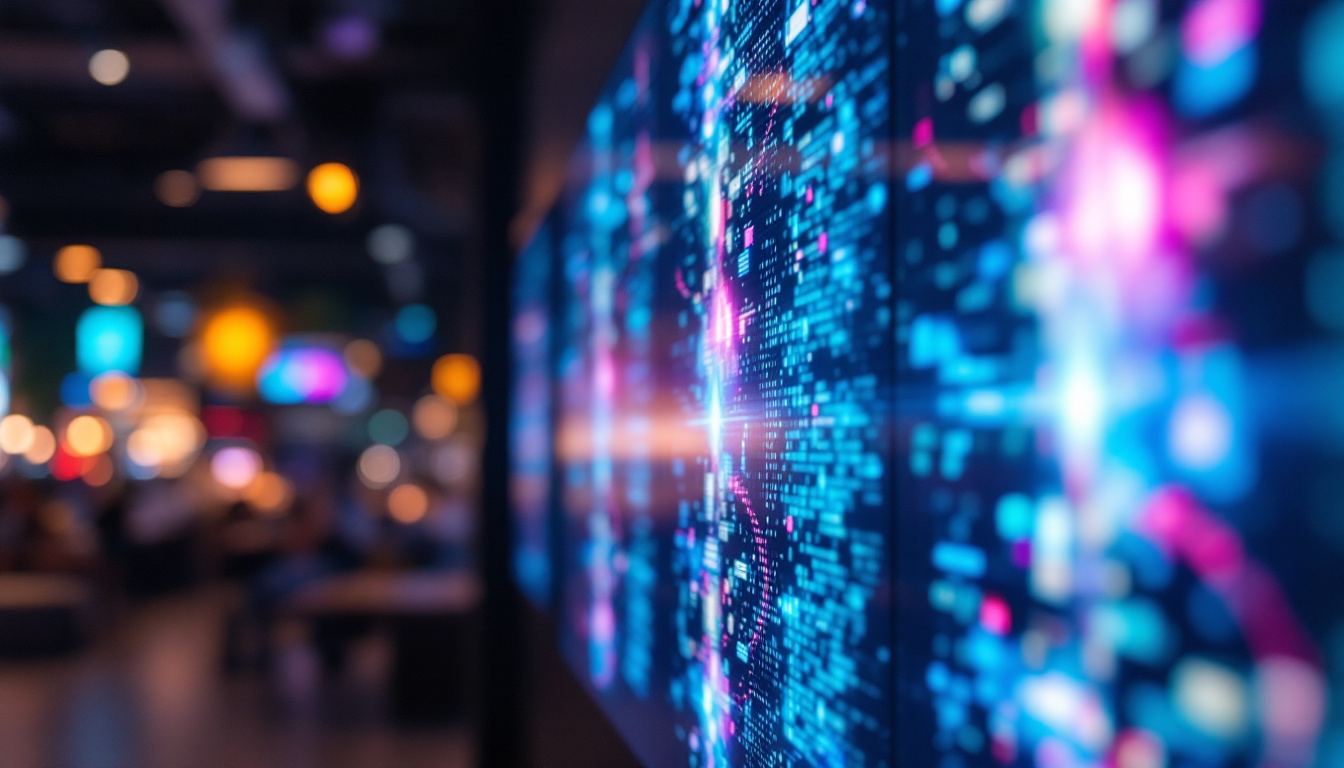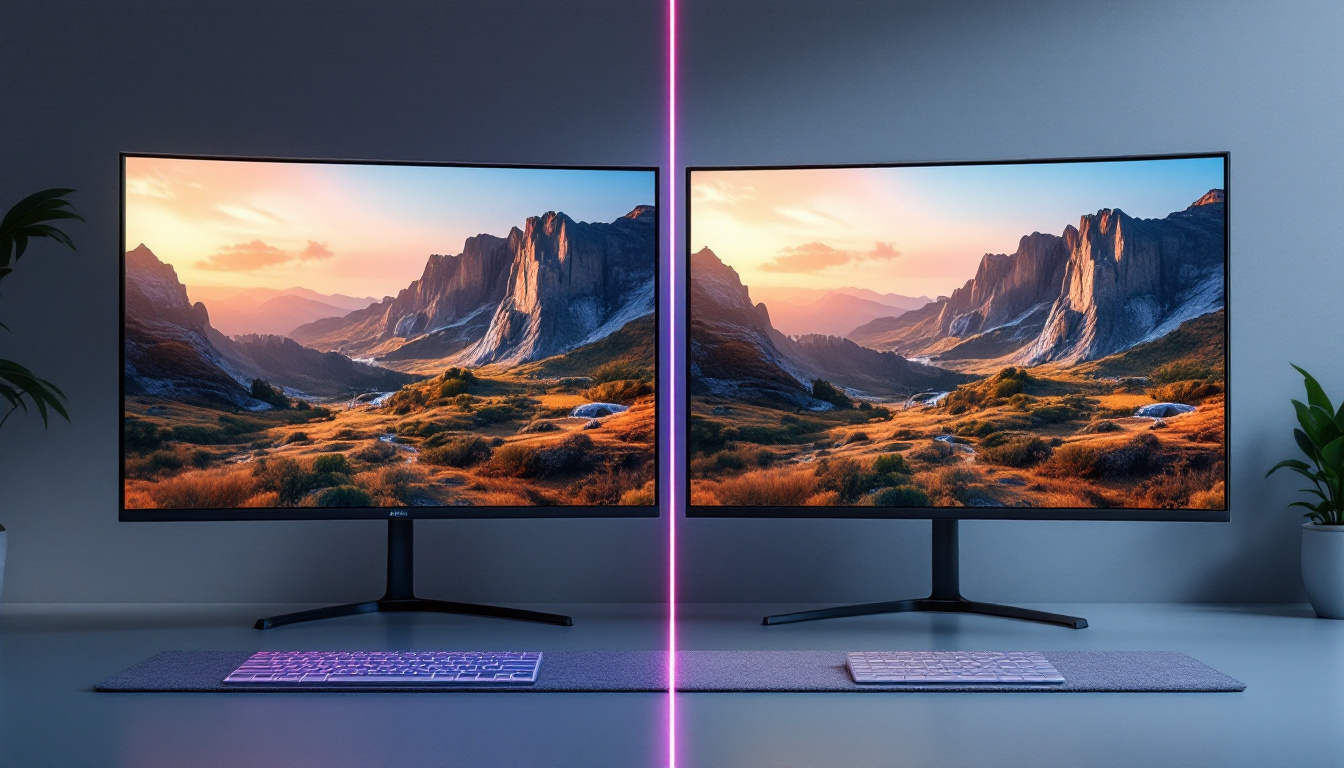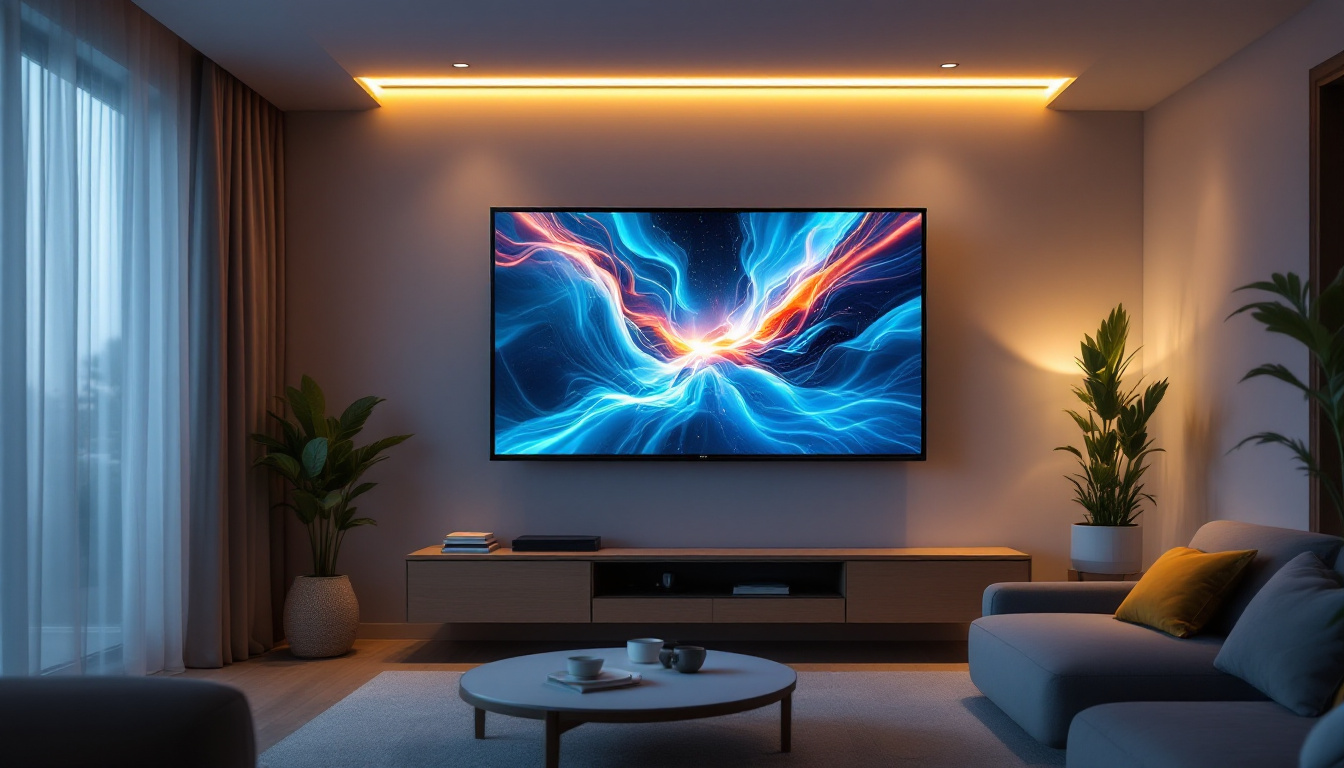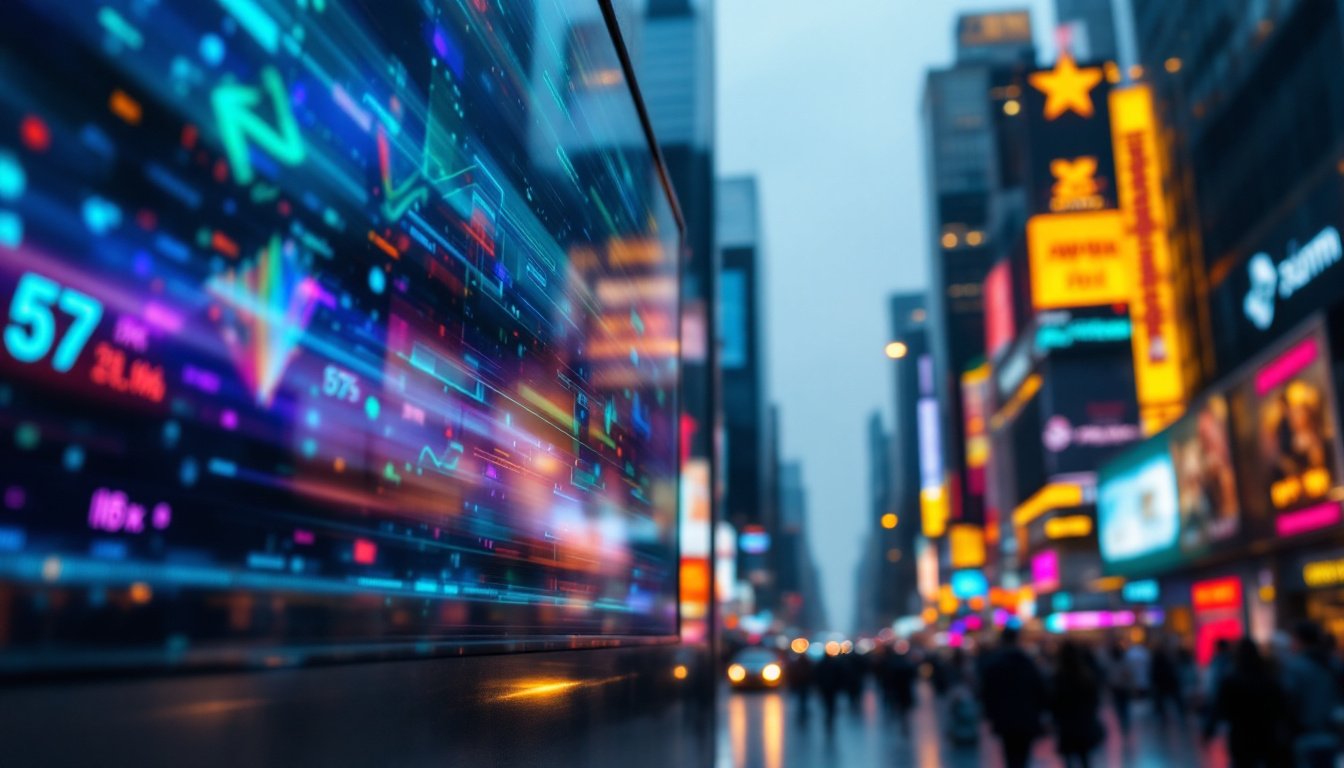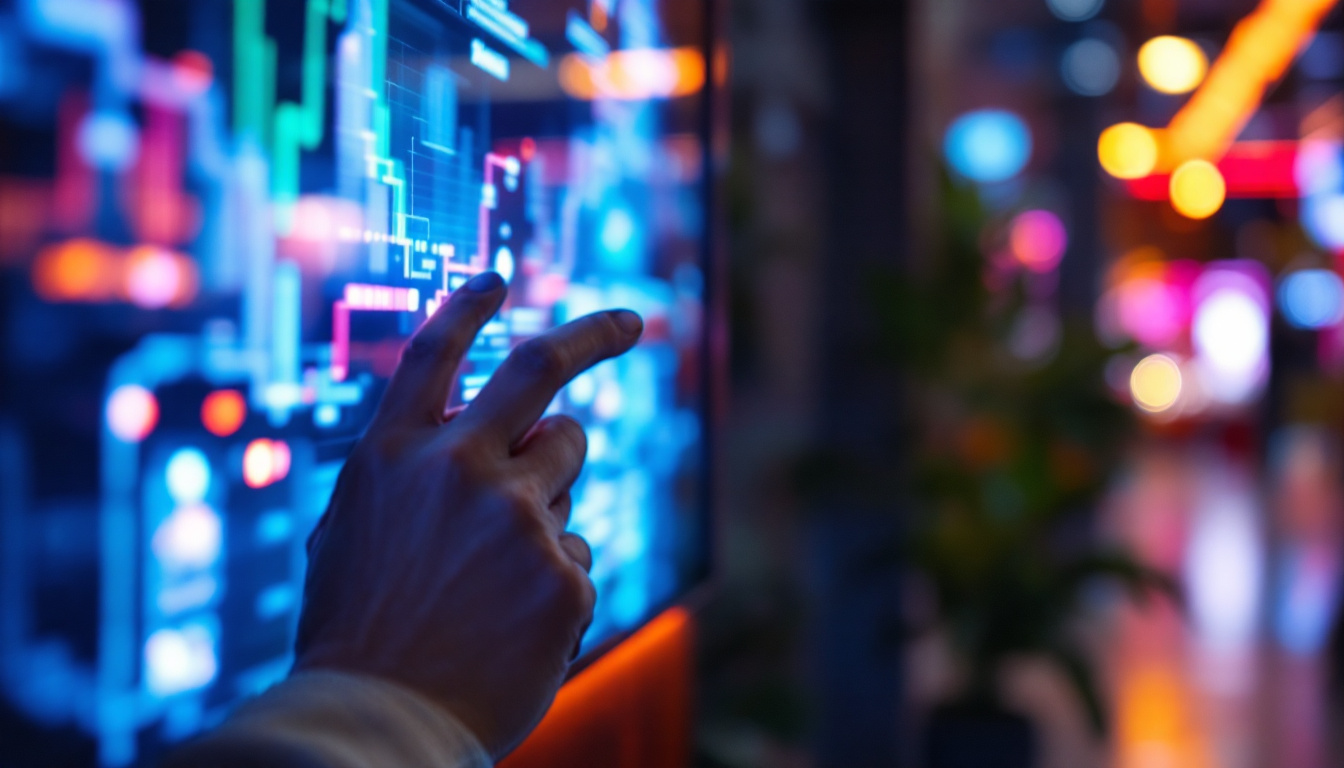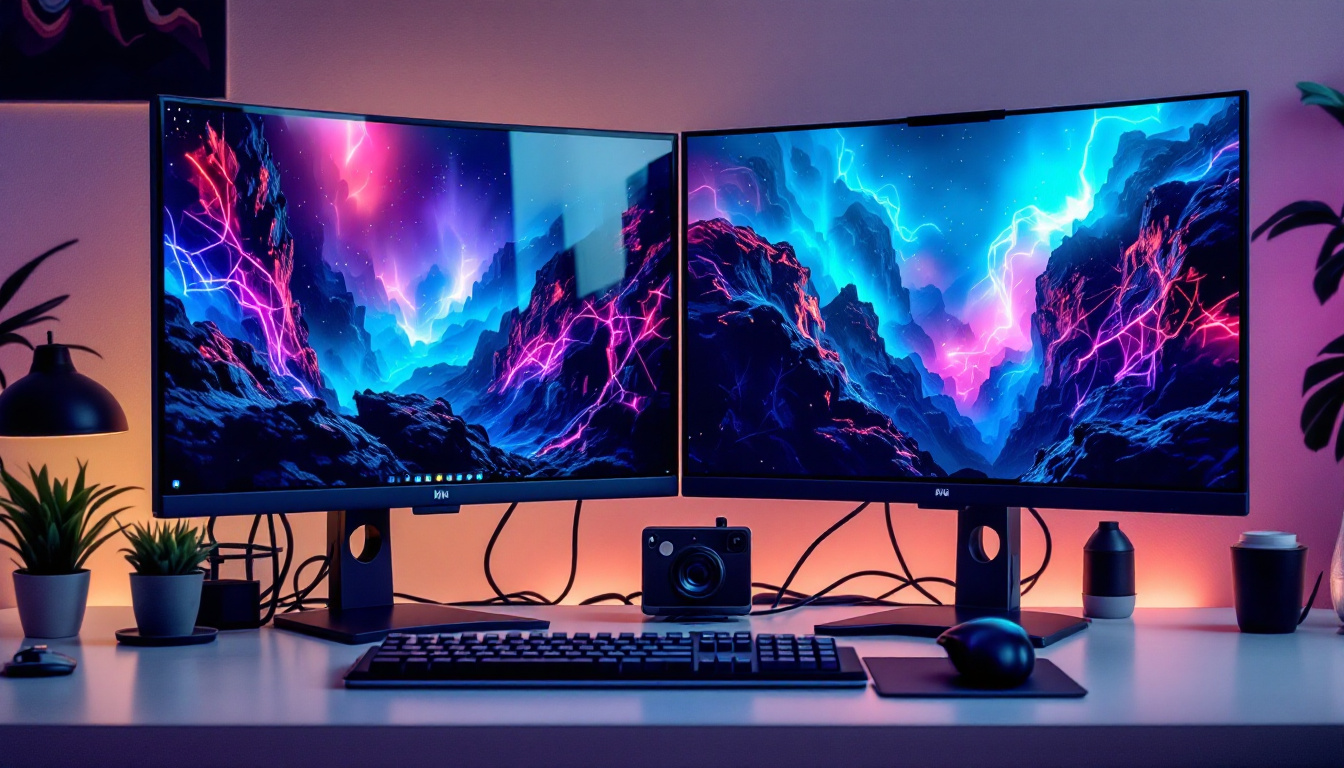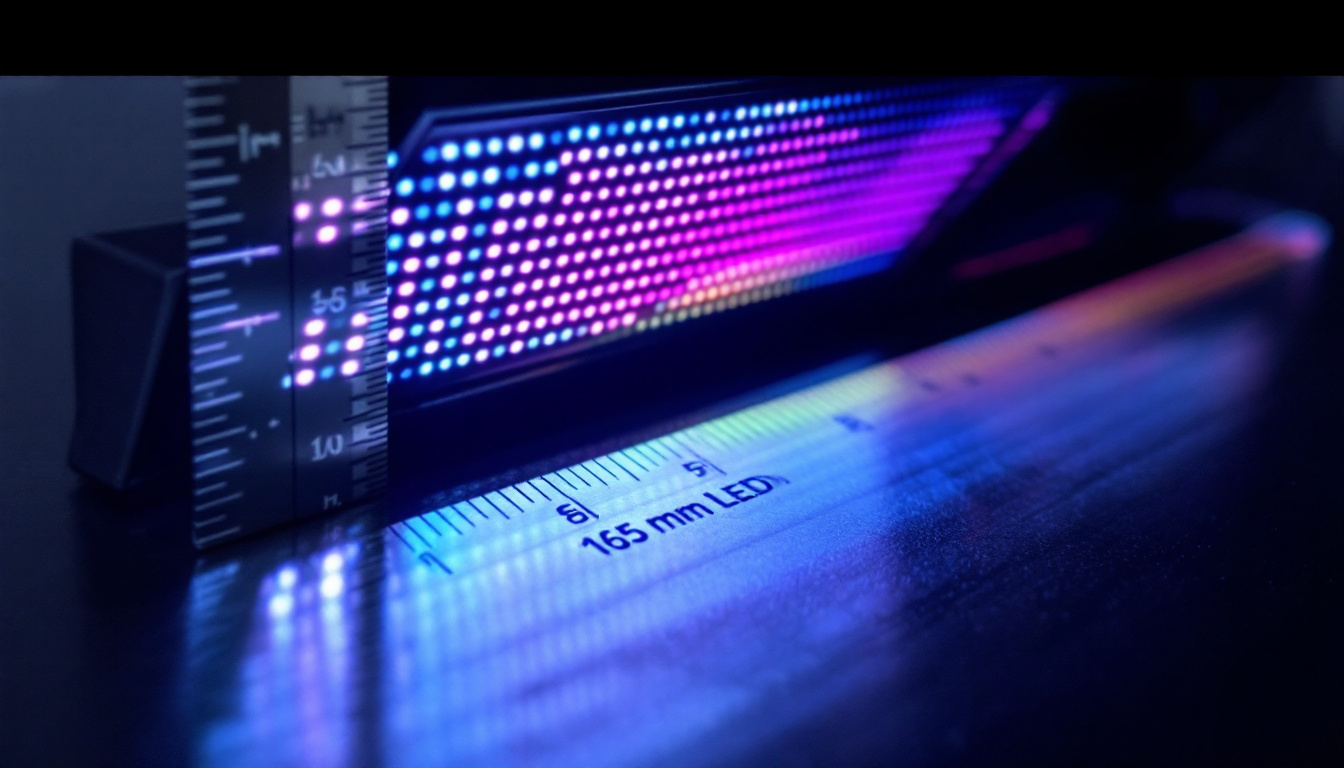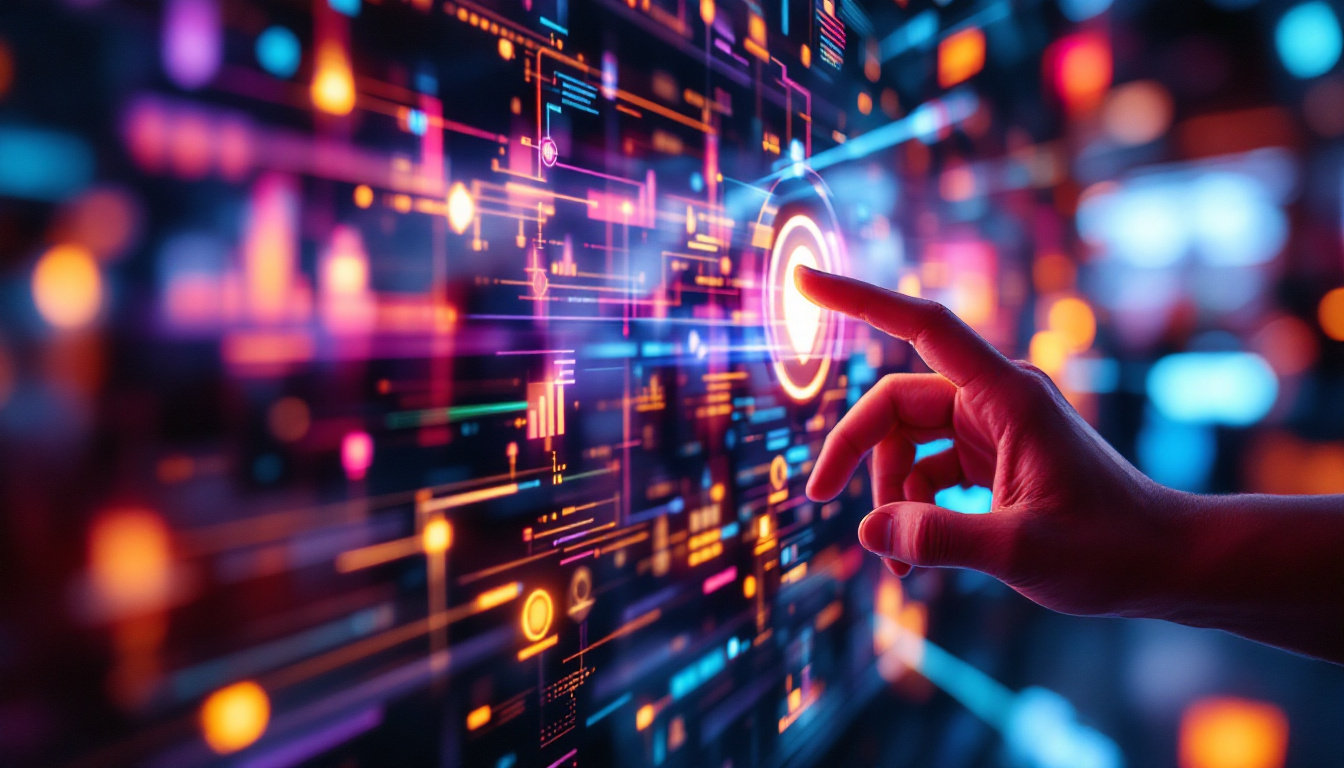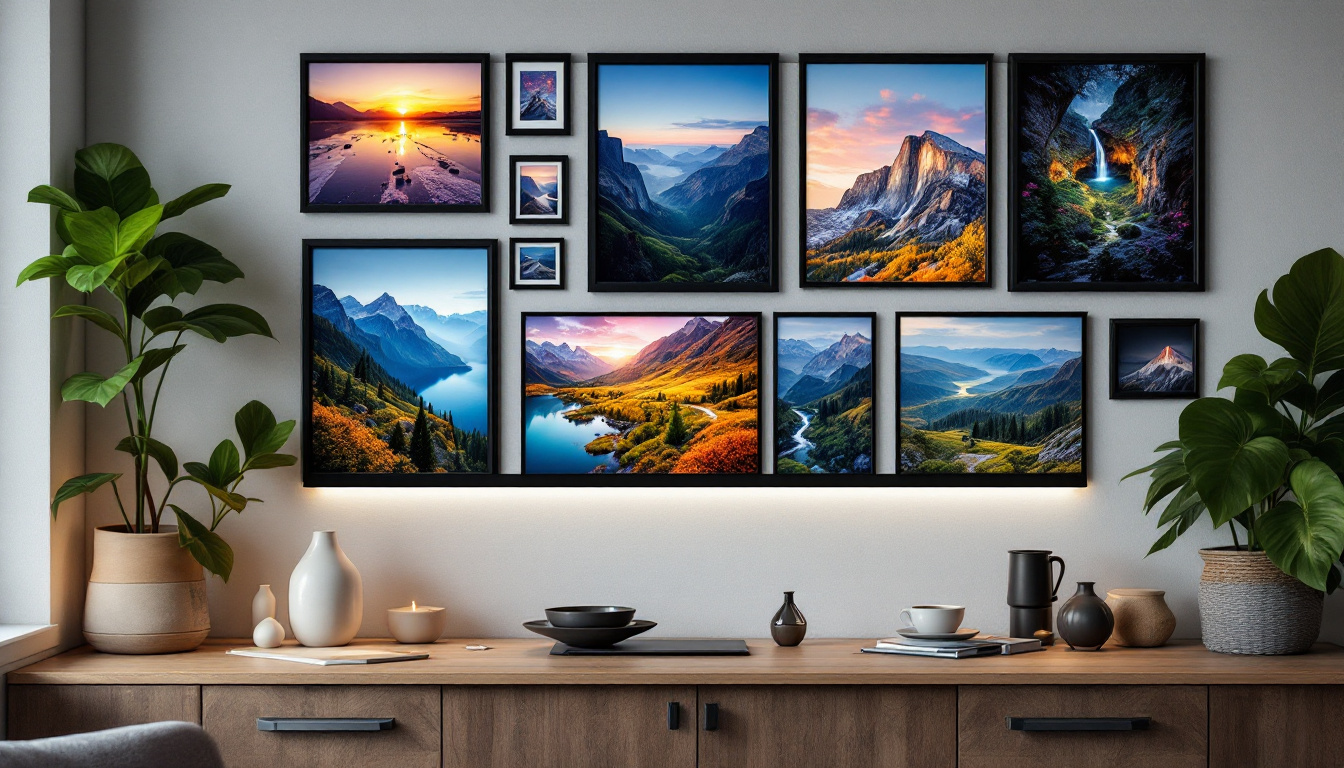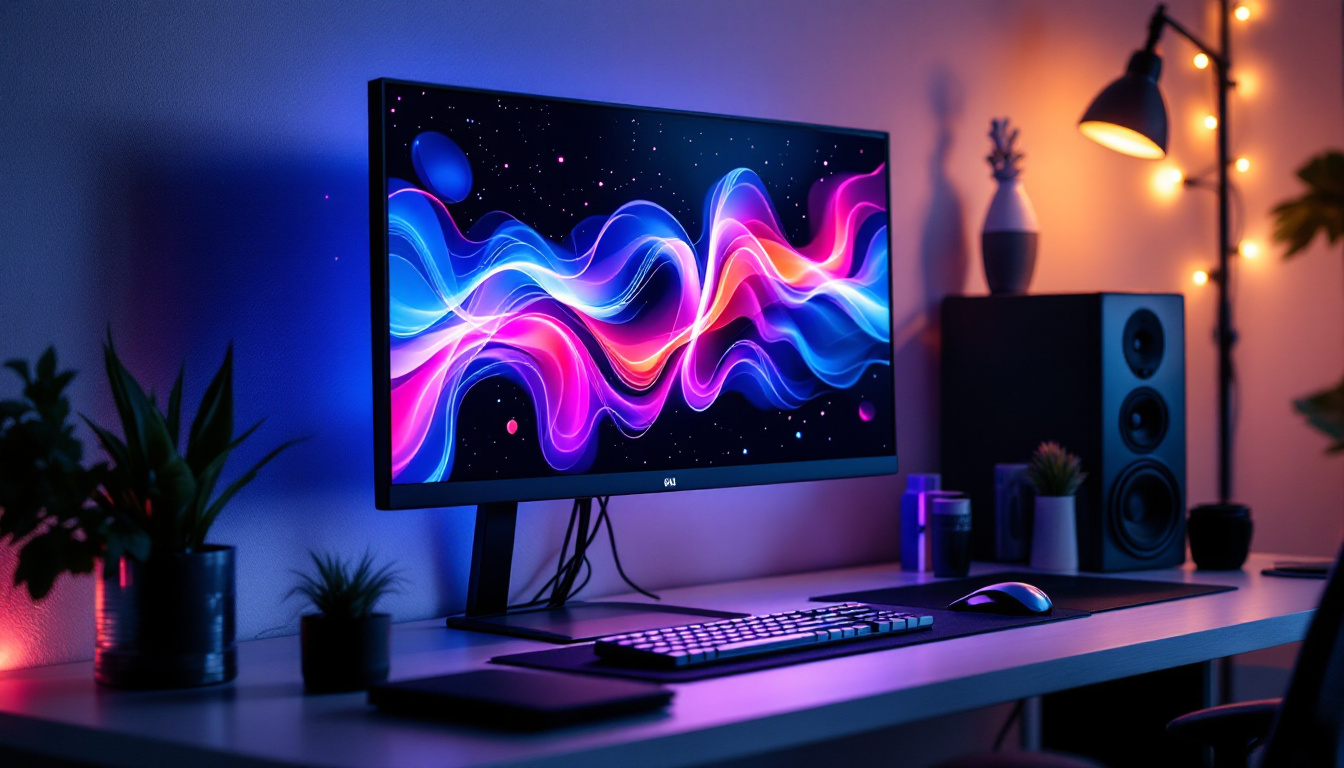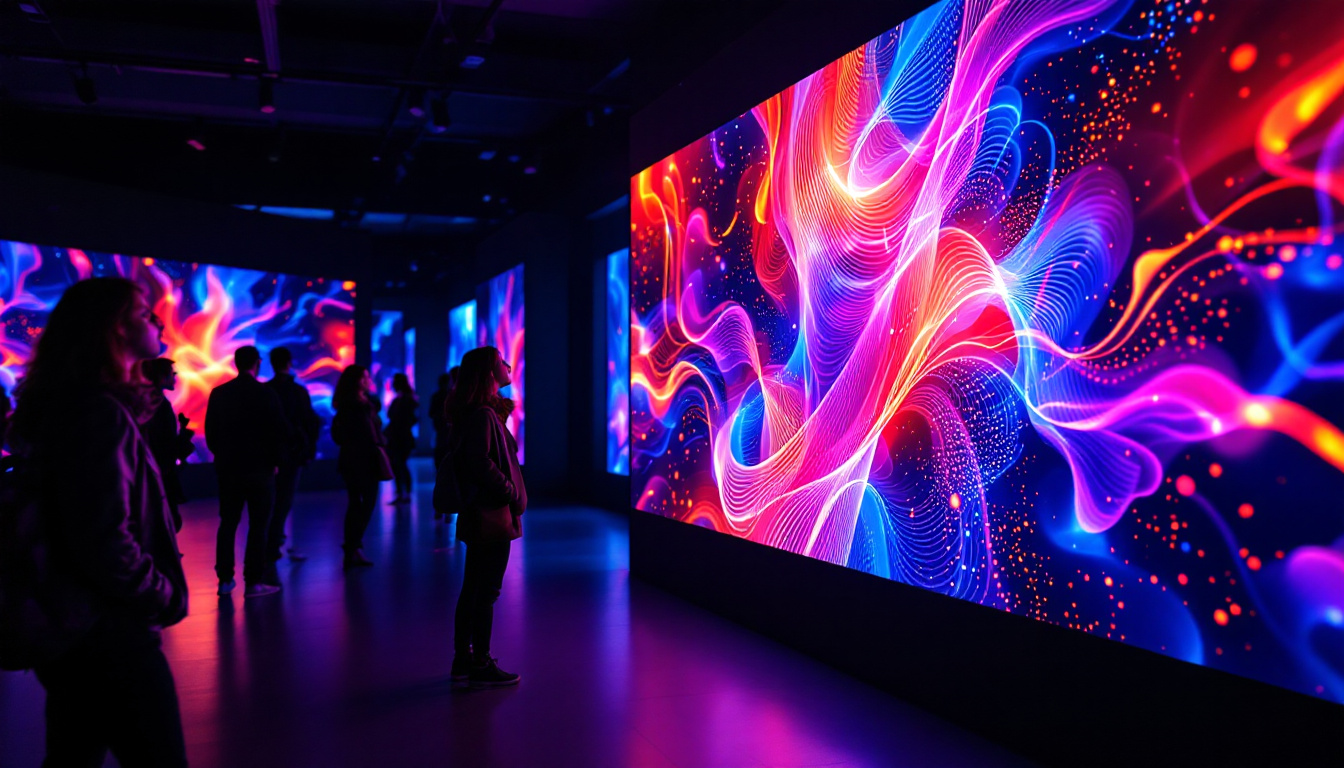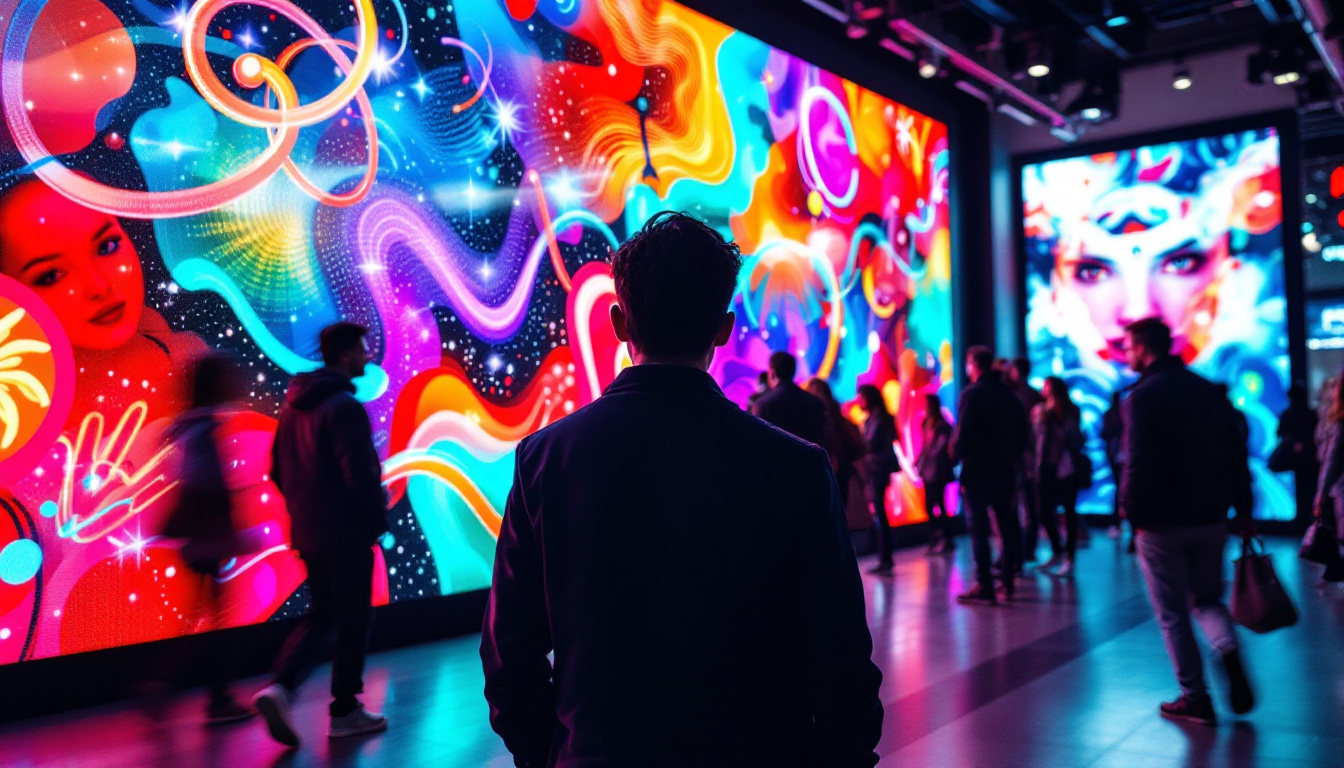In the modern world, LED displays have become an integral part of our daily lives, illuminating everything from billboards to smartphones. This article aims to delve into the intricacies of LED displays, exploring their technology, applications, and the future of this dynamic medium.
Understanding LED Technology
LED, or Light Emitting Diode, is a semiconductor device that emits light when an electric current passes through it. The technology behind LEDs has evolved significantly since its inception, leading to a variety of applications across different fields. Initially, LEDs were limited to emitting low-intensity red light, but advancements in materials and engineering have expanded their capabilities to produce a full spectrum of colors and intensities, making them a versatile choice for modern lighting solutions.
At its core, an LED is made from a material called a semiconductor, typically composed of elements such as gallium, arsenic, or phosphide. When electrons move through this material, they release energy in the form of photons, which is visible light. This process is known as electroluminescence. The efficiency of this process is what makes LEDs so appealing; they convert a higher percentage of electrical energy into light compared to traditional incandescent bulbs, resulting in less wasted energy and lower heat output.
Types of LEDs
There are several types of LEDs, each designed for specific applications. The most common types include:
- Standard LEDs: These are used in basic applications like indicator lights and simple displays.
- High-Power LEDs: Designed for applications requiring higher brightness, such as automotive lighting and street lamps.
- RGB LEDs: These can produce a wide range of colors by combining red, green, and blue light, making them popular for decorative lighting and displays.
In addition to these common types, there are also specialized LEDs such as ultraviolet (UV) LEDs, which are used in sterilization processes and curing applications, and organic LEDs (OLEDs), which are known for their flexibility and ability to produce high-quality images. Each type of LED serves a unique purpose, demonstrating the adaptability of this technology across various sectors, from consumer electronics to industrial applications.
How LED Displays Work
LED displays consist of numerous individual LEDs arranged in a grid. Each LED can be controlled independently, allowing for the creation of images and videos. The brightness and color of each LED can be adjusted, enabling the display to present vibrant visuals. This capability is particularly beneficial in environments where dynamic content is required, such as advertising billboards and large-scale event screens.
When a video signal is sent to an LED display, it is processed into a format that can be interpreted by the display’s controller. This controller determines which LEDs to light up and at what intensity, creating the desired image or video. The rapid response time of LEDs allows for smooth transitions and animations, enhancing the viewing experience. Furthermore, advancements in technology have led to the development of smart LED displays that can connect to the internet, allowing for real-time updates and interactive content, thus opening new avenues for engagement and communication.
Applications of LED Displays
LED displays are versatile and can be found in a myriad of settings. From advertising to entertainment, their applications are vast and varied.
Advertising and Marketing
One of the most prominent uses of LED displays is in advertising. Digital billboards and screens in shopping malls or public transport stations capture attention with their bright colors and dynamic content. Advertisers can change their messages quickly and efficiently, allowing for real-time marketing strategies.
Moreover, LED displays can be programmed to show targeted advertisements based on the time of day or audience demographics, making them an effective tool for reaching potential customers.
In addition to traditional advertising, LED displays have revolutionized the way brands engage with consumers through interactive content. Touchscreen LED displays allow users to interact directly with advertisements, leading to increased engagement and brand recall. This interactivity can include games, quizzes, or even augmented reality experiences, creating a memorable encounter that traditional static ads simply cannot match.
Entertainment and Events
In the entertainment industry, LED displays play a crucial role in concerts, festivals, and sports events. Large LED screens are often used to broadcast live performances or provide close-ups of the action, enhancing the audience’s experience.
Additionally, LED technology is utilized in stage lighting, creating stunning visual effects that complement performances. The ability to change colors and patterns instantaneously allows for a dynamic atmosphere that captivates audiences.
Beyond concerts, LED displays have become integral to the production of theatrical performances and art installations. They can be used to create immersive environments, projecting backdrops that transform a stage into a different world. Artists and directors can use LED technology to tell stories in innovative ways, blending visual art with live performance to create a multi-sensory experience that resonates with viewers on multiple levels.
Public Information Displays
LED displays are also employed for public information purposes. Transportation hubs, such as airports and train stations, utilize LED screens to provide real-time updates on arrivals, departures, and delays. This ensures that travelers are well-informed and can make timely decisions.
Furthermore, LED displays are used in educational institutions to convey important announcements and information to students and staff, fostering a more connected community.
In addition to educational settings, LED displays serve critical functions in emergency management and public safety. During natural disasters or emergencies, LED screens can disseminate vital information quickly, alerting the public to evacuations, safety protocols, or shelter locations. Their visibility and clarity make them an essential tool for effective communication in times of crisis, ensuring that communities remain informed and safe.
The Advantages of LED Displays
LED displays offer numerous advantages over traditional display technologies, making them a preferred choice in various applications.
Energy Efficiency
One of the most significant benefits of LED displays is their energy efficiency. LEDs consume significantly less power compared to traditional incandescent or fluorescent lights. This not only reduces electricity costs but also minimizes the environmental impact, making LEDs a more sustainable option.
With advancements in technology, newer LED displays are becoming even more energy-efficient, further enhancing their appeal for both consumers and businesses.
Longevity and Durability
LED displays are known for their long lifespan, often lasting up to 100,000 hours or more. This durability makes them a cost-effective investment, as they require less frequent replacements compared to traditional displays.
Additionally, LEDs are resistant to shock and vibration, making them suitable for outdoor environments where they may be exposed to harsh weather conditions. This resilience contributes to their widespread use in various applications.
High Brightness and Contrast
LED displays offer superior brightness and contrast levels, ensuring that images and videos are clear and vibrant, even in direct sunlight. This quality is particularly beneficial for outdoor advertising and public displays, where visibility is paramount.
The ability to produce deep blacks and bright whites enhances the overall viewing experience, making LED displays ideal for a range of visual applications.
Challenges and Considerations
Despite their many advantages, LED displays are not without challenges. Understanding these challenges is essential for making informed decisions regarding their use.
Initial Costs
While LED displays are cost-effective in the long run, their initial purchase and installation costs can be higher than traditional display technologies. This upfront investment may deter some businesses or individuals from adopting LED technology.
However, it is crucial to consider the long-term savings on energy and maintenance costs, which can offset the initial expenditure over time.
Heat Generation
LED displays can generate heat during operation, especially high-power models. This heat can affect performance and longevity if not managed properly. Adequate cooling systems or ventilation are necessary to ensure optimal operation and prevent overheating.
Manufacturers are continually improving designs to mitigate heat issues, but it remains an important consideration for users.
Color Calibration
Color calibration is vital for ensuring that LED displays produce accurate and consistent colors. Variations in color output can occur due to manufacturing differences or aging components, potentially affecting the visual quality.
Regular calibration and maintenance are essential to maintain the integrity of the display, which can be a resource-intensive process for businesses relying on precise color representation.
The Future of LED Displays
The future of LED displays is promising, with ongoing advancements in technology paving the way for new applications and enhancements.
Flexible and Transparent Displays
Innovations in LED technology have led to the development of flexible and transparent displays. These displays can be curved or bent to fit various surfaces, opening up new possibilities for creative applications in architecture and design.
Transparent LED displays, in particular, allow for seamless integration into windows and glass surfaces, enabling advertising without obstructing views. This technology is gaining traction in retail environments, where it can enhance customer engagement.
Integration with Smart Technology
The integration of LED displays with smart technology is another exciting trend. As the Internet of Things (IoT) continues to grow, LED displays can be connected to various devices, allowing for dynamic content updates based on real-time data.
This capability can revolutionize advertising, public information displays, and even home automation, creating a more interactive and responsive experience for users.
Advancements in Resolution and Pixel Density
As technology progresses, the resolution and pixel density of LED displays are continually improving. Higher resolution displays provide sharper images and finer details, enhancing the overall viewing experience.
With the advent of 8K and even 16K displays, the potential for ultra-high-definition content is becoming a reality, making LED displays an attractive option for filmmakers, advertisers, and content creators.
Conclusion
LED displays have transformed the way we communicate and interact with visual content. Their energy efficiency, longevity, and vibrant display capabilities make them a preferred choice across various industries.
As technology continues to evolve, the possibilities for LED displays are expanding, promising even more innovative applications in the future. Embracing this technology not only enhances visual experiences but also contributes to a more sustainable and connected world.
In summary, understanding the intricacies of LED displays is essential for leveraging their full potential, whether for advertising, entertainment, or public information. As we move forward, the impact of LED technology will undoubtedly continue to grow, shaping the visual landscape of our society.
Explore the Future of Visual Communication with LumenMatrix
Ready to elevate your visual content and embrace the future of LED technology? LumenMatrix is at the forefront of this revolution, offering a comprehensive range of LED display solutions tailored to your needs. From captivating Indoor LED Wall Displays to dynamic Outdoor LED Wall Displays, and from versatile Vehicle LED Displays to innovative LED Transparent Displays, our mission is to enhance your brand visibility and audience engagement. Discover how LumenMatrix can transform your visual communication and bring your message to life with clarity and impact. Check out LumenMatrix LED Display Solutions today and step into a brighter, more connected world.



